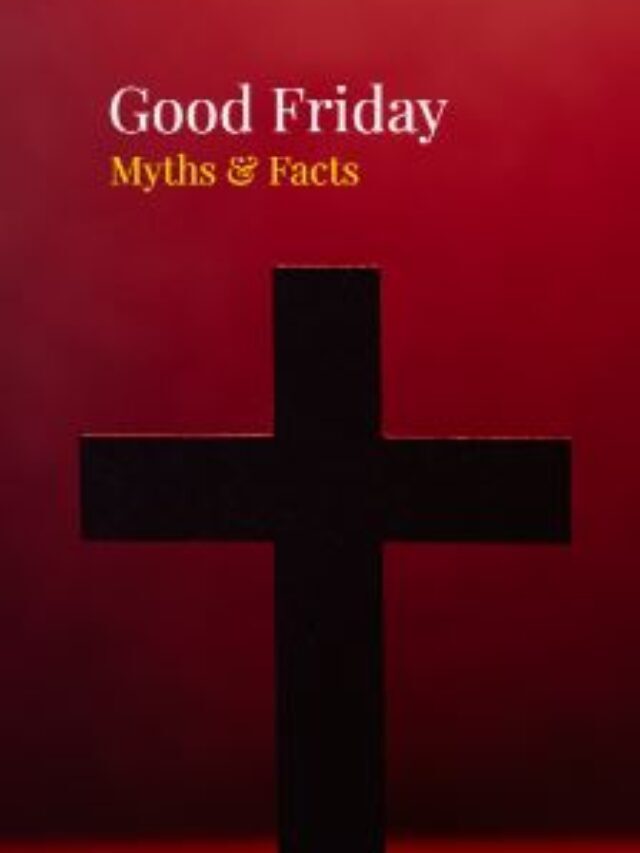The exciting history of Film making

The history of filmmaking begins with the invention of the motion picture camera in the late 19th century. The Lumière brothers, Auguste and Louis, are credited with creating the first motion picture camera, the Cinématographe, in 1895. They used the camera to create short films that they exhibited in public screenings, and this marked the beginning of the film industry.
The film “Roundhay Garden Scene” (1888) shot in Leeds, England, by Louis Le Prince is considered the first motion picture ever made, however the film “The Story of the Kelly Gang,” was considered as the first feature-length film, which was made in Australia in 1906 and was over an hour long.
In the early days of filmmaking, movies were silent and were accompanied by live music played by an orchestra or pianist. The film “The Jazz Singer” (1927) is considered the first sound film. It was directed by Alan Crosland and starred Al Jolson. While most of the film was silent, it included several scenes with synchronized sound and music.
While in the earlier years, movies were blac and white, cinema lovers had to wait until 1935 for the first feature-length Color Film: “Becky Sharp” (1935) shot in three-strip Technicolor. It was directed by Rouben Mamoulian and starred Miriam Hopkins.
The invention of computer however has revolutionised the film making. The first Computer-Generated Film: “Westworld” (1973) is considered the first film to use computer-generated images (CGI). It was directed by Michael Crichton and featured a scene where a robotic hand was constructed using computer graphics.
For the film lovers here’s the ABC of film-making:
A is for Action – The moment when filming begins.
B is for Blocking – The process of determining the movements and positioning of actors in a scene.
C is for Cinematography – The art of capturing visual images on camera for use in motion pictures.
D is for Directing – The process of overseeing the production of a film, including working with actors, selecting shots, and managing the overall creative vision.
E is for Editing – The process of selecting, arranging, and manipulating footage to create the final version of a film.
F is for Foley – The process of recording sound effects, such as footsteps or door creaks, to enhance the audio quality of a film.
G is for Grip – A member of the film crew who is responsible for setting up and moving camera equipment and other gear.
H is for Hair and Makeup – The team responsible for styling actors’ hair and applying makeup.
I is for Intermission – A break in a film screening, typically used for bathroom breaks or to sell concessions.
J is for Jump Cut – An editing technique that creates a jarring effect by cutting from one shot to another without a smooth transition.
K is for Key Grip – The lead grip, responsible for managing the grip department and overseeing the placement of camera equipment.
L is for Lighting – The process of using artificial or natural light to create the desired mood and atmosphere in a scene.
M is for Music – The soundtrack or score of a film, used to enhance the emotional impact of the visuals.
N is for Non-Diegetic Sound – Sound that is not present in the world of the film, such as background music or a narrator’s voiceover.
O is for Outtake – A piece of footage that is not used in the final version of a film.
P is for Production Design – The process of designing and creating the physical world of a film, including sets, props, and costumes.
Q is for Quick Take – A brief shot or scene, often used for emphasis or to create a sense of urgency.
R is for Rehearsal – The process of practicing and refining a scene before filming.
S is for Screenplay – The written script of a film, including dialogue, stage directions, and camera directions.
T is for Tracking Shot – A shot in which the camera moves alongside or follows a moving subject.
U is for Undercranking – The technique of filming at a slower frame rate to create a sped-up effect in the final footage.
V is for Voiceover – A narration or commentary that is heard over a scene but is not spoken by a character on screen.
W is for Wide Shot – A shot that shows the entire scene or setting, often used to establish context or setting.
X is for X-Rating – A film rating given to movies deemed inappropriate for minors due to adult content.
Y is for Yellow Filter – A camera filter used to create a warm or vintage effect in footage.
Z is for Zoom – The process of adjusting the focal length of a camera lens to change the size and perspective of a shot.










